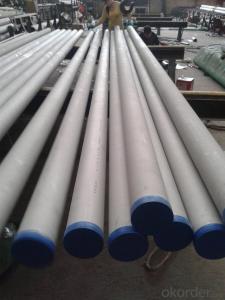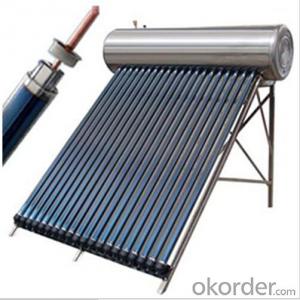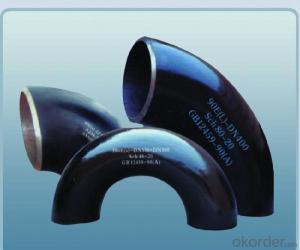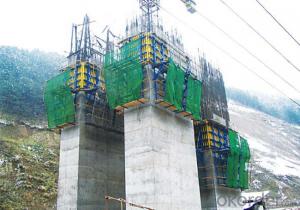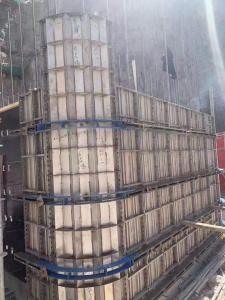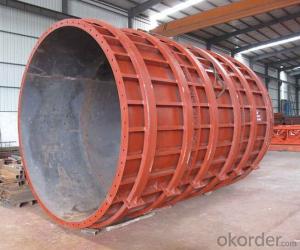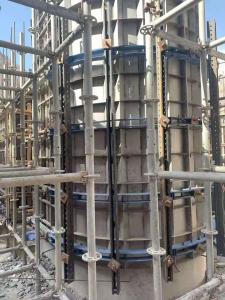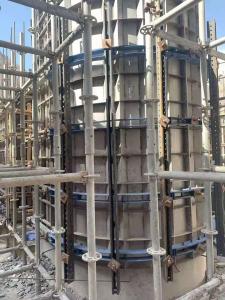Stainless Steel Corner Trim
Stainless Steel Corner Trim Related Searches
Best Paint For Stainless Steel Blanket Insulation For Steel Buildings Primer For Galvanized Steel Foam Filter For Stainless Steel H S Code For Stainless Steel Surface Grinding Wheels For Stainless Steel Surface Grinding Wheels For Hardened Steel Hole Saw For Stainless Steel Paint For Stainless Steel Stainless Steel For BbqHot Searches
Steel Mesh Panels For Sale Price For Stainless Steel Scrap Scrap Price For Stainless Steel Price For Stainless Steel Stainless Steel Tank For Sale Stainless Steel Sheets For Sale Cheap High Tea Sets For Sale Stainless Steel Tanks For Sale Stainless Steel For Sale High Density Fiberboard For Sale Solar Hot Water Collectors For Sale Scaffolding For Sale In Uae Scaffolding For Sale In Ireland Scaffolding For Sale In Houston Type Of Inverter For Solar Price Of Shipping Containers For Sale Types Of Inverter For Solar Stock Price For Aluminum Used Solar Inverter For Sale Steel Mesh Panels For SaleStainless Steel Corner Trim Supplier & Manufacturer from China
Okorder.com is a professional Stainless Steel Corner Trim supplier & manufacturer, offers integrated one-stop services including real-time quoting and online cargo tracking. We are funded by CNBM Group, a Fortune 500 enterprise and the largest Stainless Steel Corner Trim firm in China.Hot Products
FAQ
- Steel formwork is suitable for both small-scale and large-scale construction projects. Its versatility allows it to be customized to meet the specific requirements of any construction project. With excellent durability and strength, steel formwork can withstand the pressures exerted during large-scale projects. It is easily assembled and disassembled, making it efficient for use on construction sites of any size. Moreover, steel formwork provides a smooth and consistent finish, guaranteeing high-quality results regardless of the project's scale. Therefore, whether it is a small residential building or a large commercial complex, steel formwork can effectively achieve the desired construction objectives.
- Steel formwork can greatly enhance the overall safety of a building project due to its durability, strength, and stability. It provides a solid and secure framework for concrete placement, ensuring proper alignment and support during the construction process. This reduces the risk of structural failures, collapses, or accidents, thereby enhancing the safety of workers and the overall project. Additionally, steel formwork is fire-resistant, which further contributes to the safety of the building as it can withstand high temperatures and prevent the spread of fire.
- No, steel formwork is not recommended to be used in corrosive environments as it is susceptible to corrosion and may deteriorate over time.
- Indeed, the utilization of steel formwork is applicable for single-storey and multi-storey constructions alike. This flexible method permits effortless modifications and tailoring to accommodate diverse building dimensions and configurations. With its exceptional robustness, endurance, and steadfastness, steel formwork proves to be a suitable choice for erecting both single-storey edifices and multi-storey complexes. As a result, the implementation of steel formwork facilitates swifter construction while ensuring a polished and top-notch appearance for concrete structures. Furthermore, the reusability aspect of steel formwork renders it a cost-effective and sustainable option for both single-storey and multi-storey building projects.
- Steel formwork contributes to the overall accuracy of concrete placement in several ways. First and foremost, steel formwork provides a rigid and stable structure that ensures the concrete is poured and cured in the desired shape and dimensions. The steel panels are designed to be strong and resistant to deformation, which minimizes the risk of the formwork shifting or warping during the pouring process. Furthermore, steel formwork allows for precise control over the alignment and leveling of the formwork. The panels can be easily adjusted and secured in place, ensuring that the concrete is poured at the intended level and alignment. This is particularly important for projects that require a high level of accuracy, such as those involving intricate architectural designs or where precise measurements are critical. Additionally, steel formwork offers the advantage of reusability. Unlike traditional wooden formwork, which can only be used a limited number of times, steel formwork can be used repeatedly without compromising its structural integrity. This reusability factor contributes to cost-effectiveness and allows for consistent accuracy in concrete placement throughout multiple projects. Moreover, the smooth surface of steel formwork helps to achieve a high-quality finish on the concrete surface. The smoothness of the steel panels minimizes the risk of surface imperfections and ensures a consistent texture and appearance. This is particularly important for projects where the concrete will be left exposed, such as architectural features or decorative elements. In conclusion, steel formwork plays a crucial role in ensuring the overall accuracy of concrete placement. Its rigidity, adjustability, reusability, and smooth surface contribute to achieving precise dimensions, alignment, and finish, making it an indispensable tool for construction projects that require high levels of accuracy and quality.
- Yes, steel formwork can be used for industrial flooring. Steel formwork is known for its durability and strength, making it suitable for heavy-duty applications such as industrial flooring. It can withstand the weight and pressure exerted by heavy machinery and equipment, providing a stable and sturdy base for industrial operations. Additionally, steel formwork offers the advantage of being reusable, which makes it a cost-effective choice for flooring in industrial settings.
- Steel formwork commonly uses various types of formwork anchors to secure the formwork to the structure and ensure construction process stability and safety. Examples of these formwork anchors include: 1. Wedge Anchor: This anchor has a threaded rod with a wedge-shaped end. By inserting it into a pre-drilled hole in the concrete structure and tightening a nut on the threaded end, a strong grip is formed. It is commonly used to secure formwork to concrete walls or slabs. 2. Screw Anchor: Also known as self-tapping anchors, these anchors are designed for use in softer materials like wood or light-gauge steel. They have a threaded body that can be screwed into the material, providing a secure connection for the formwork. Screw anchors are popular for temporary formwork applications due to their easy installation and removal. 3. Hook Anchor: This hook-shaped anchor is typically embedded into the concrete structure during the pouring process. The formwork is then attached to the hook using bolts or fasteners, creating a strong and reliable connection. Hook anchors are commonly used in applications with high loads or lateral forces. 4. Swift Lift Anchor: Specifically designed for lifting and handling precast concrete elements, including steel formwork, these anchors are embedded into the structure during pouring. They provide a safe and efficient method for lifting and positioning the formwork. 5. Plate Anchor: Plate anchors consist of a flat plate with holes for bolts or fasteners. They are versatile and commonly used in steel formwork systems to secure the formwork to the structure. Plate anchors can be easily adjusted or relocated as needed. 6. Chemical Anchor: Chemical anchors are used when a strong and permanent connection is required. They consist of a resin or adhesive injected into a pre-drilled hole in the concrete structure. The steel formwork is then attached to the chemical anchor, creating a secure bond. Each type of formwork anchor has unique advantages and is suitable for different applications. Factors such as the type of structure, load requirements, and duration of use should be considered when selecting the appropriate anchor and ensuring proper installation for the safety and stability of the formwork system.
- Yes, steel formwork can be used for dam construction. Steel formwork is a versatile and durable option that is commonly used in various construction projects, including dams. It offers several advantages such as high strength, rigidity, and the ability to withstand the immense pressure and weight of concrete used in dam construction. Steel formwork can be easily assembled and disassembled, allowing for efficient and quick construction. Additionally, it provides a smooth and uniform finish to the concrete, ensuring the structural integrity and longevity of the dam.
























